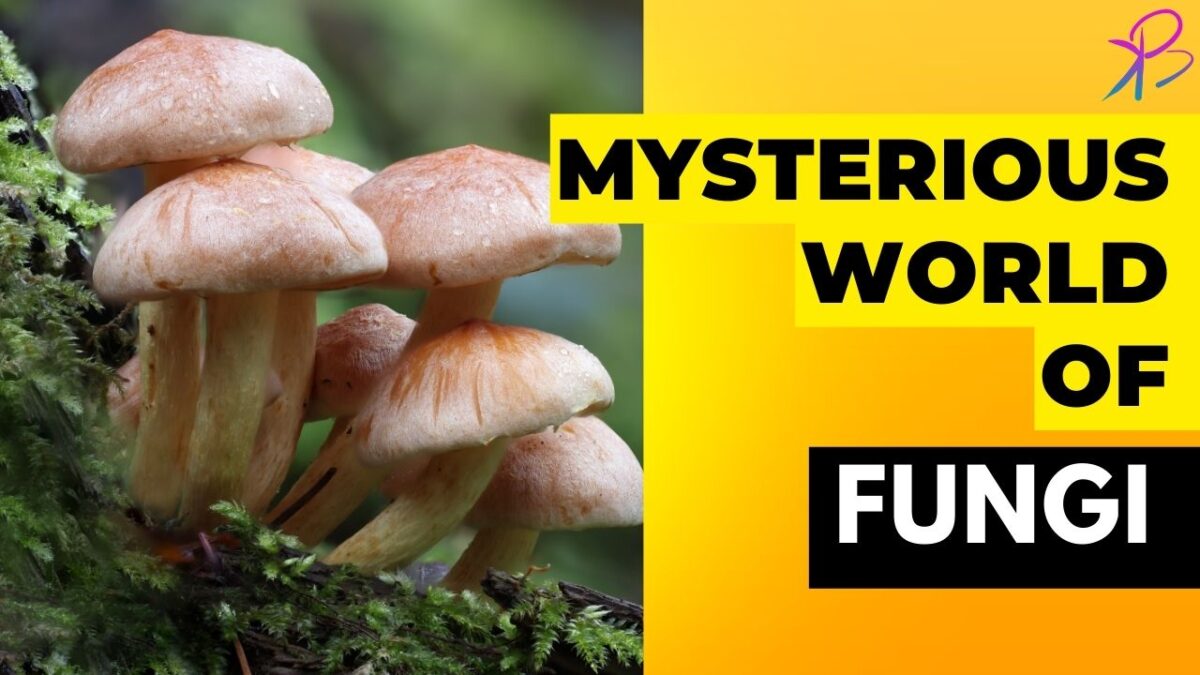
Introduction
Subscribe to newsletter
Fungi, often overlooked and underestimated, play a vital role in the world around us. These fascinating organisms belong to their kingdom, distinct from plants and animals, and have captivated scientists and nature enthusiasts for centuries. In this article, we will delve into the mysterious world of fungi, exploring their intricate role in both nature and medicine.
The Mysterious Kingdom of Fungi

Fungi, a kingdom of their own, encompass a diverse range of organisms. From the towering mushrooms in the forest to the microscopic molds that invade our homes, fungi can be found in various shapes, sizes, and habitats. They are an essential part of the Earth's ecosystems, contributing to nutrient cycling, decomposition, and symbiotic relationships.
Types of Fungi
- Mushrooms: These fruiting bodies are the most recognizable members of the fungal kingdom. With their umbrella-like caps and slender stems, mushrooms are renowned for their culinary and medicinal uses.
- Molds: Ubiquitous and often unwelcome, molds thrive in damp environments and can cause food spoilage and allergies.
- Yeasts: These single-celled fungi are responsible for fermentation processes, such as brewing and baking, and also play a role in the production of antibiotics.
The Role of Fungi in Nature

Nutrient Cycling
Fungi are nature's recyclers, breaking down organic matter and returning vital nutrients to the soil. As decomposers, they play a crucial role in the natural cycle of life and death. By breaking down dead plants and animals, fungi release nutrients that can be utilized by other organisms, ensuring the sustainability of ecosystems.
Symbiotic Relationships

Fungi form symbiotic relationships with other organisms, showcasing the interconnectedness of nature. One such example is mycorrhizal fungi, which establish mutually beneficial associations with the roots of plants. These fungi assist in nutrient uptake, enhancing the plant's growth and survival. In return, the plant provides the fungi with sugars produced through photosynthesis.
Ecological Interactions
Fungi have profound impacts on other organisms within their ecosystems. Some fungi are parasitic, infecting plants and animals and causing diseases. Others engage in mutualistic relationships with insects, forming alliances that benefit both parties. For instance, certain fungi produce compounds that attract insects, aiding in spore dispersal.
The Medicinal Potential of Fungi

Antibiotics and Antifungals
Fungi have provided us with some of the most significant medical breakthroughs in history. The discovery of penicillin, a life-saving antibiotic, revolutionized modern medicine. Penicillin, derived from the mold Penicillium, has saved countless lives by combating bacterial infections. Additionally, antifungal medications derived from fungi are used to treat various fungal infections in humans.
Cancer-Fighting Properties

Researchers are increasingly exploring the potential of fungi in cancer treatment. Certain species of fungi produce compounds that possess anticancer properties. For example, the turkey tail mushroom (Trametes versicolor) contains polysaccharopeptides that stimulate the immune system and exhibit antitumor effects. Such discoveries hold promise for the development of novel therapies against cancer.
Psychoactive Substances
Some fungi have been revered for their psychoactive properties and have played significant roles in spiritual and cultural practices throughout history. Psilocybin-containing mushrooms, commonly known as "magic mushrooms," have been used for centuries in various traditional rituals and are now being investigated for their potential therapeutic benefits in treating mental health disorders.
FAQs About Fungi
1. Can all fungi be consumed? While many fungi are safe to eat and enjoy, there are some species that are toxic and can cause severe illness or even death. It is crucial to have proper knowledge or consult an expert before consuming wild mushrooms or other fungi.
2. Are all molds harmful? Not all molds are harmful to humans, but certain species can produce mycotoxins that can be toxic if ingested or inhaled. It is important to address mold issues in homes and buildings promptly to prevent health problems.
3. Are there any rare or endangered fungi? Yes, some fungi species are rare or endangered due to habitat loss, pollution, or over-harvesting. Protecting and preserving their habitats is essential for their survival.
4. Can fungi be used to clean up environmental pollution? Yes, fungi have been employed in a process called bioremediation, where they help break down and eliminate pollutants in the environment. They can absorb heavy metals, degrade oil spills, and even remove contaminants from soil and water.
5. Can fungi be cultivated at home? Absolutely! Many mushroom varieties can be grown indoors, allowing enthusiasts to enjoy the fascinating process of cultivating their own fungi.
6. Are there any superstitions or legends associated with fungi? Fungi have been shrouded in mystery and folklore for centuries. From fairies dancing in fairy rings to tales of enchanted mushrooms, fungi have captured the human imagination and given rise to numerous legends and superstitions.
Conclusion
The mysterious world of fungi encompasses a vast array of organisms that hold incredible importance in both nature and medicine. From their role in nutrient cycling and symbiotic relationships to their potential as sources of life-saving medications, fungi continue to fascinate scientists and provide endless possibilities for exploration. As we delve deeper into the realm of fungi, let us appreciate their remarkable contributions to the intricate web of life on our planet.
SUBSCRIBE to free newsletter👇
Check out all the resources by the author
Interested in Engineering Courses ? Global best selling courses !
a bkacademy initiative
